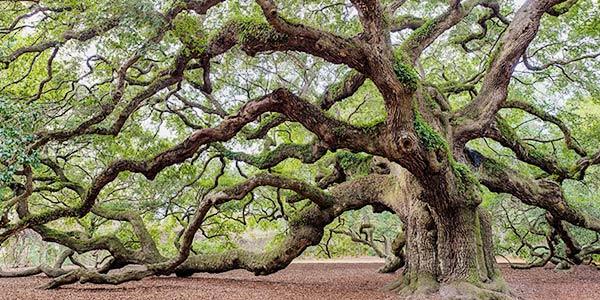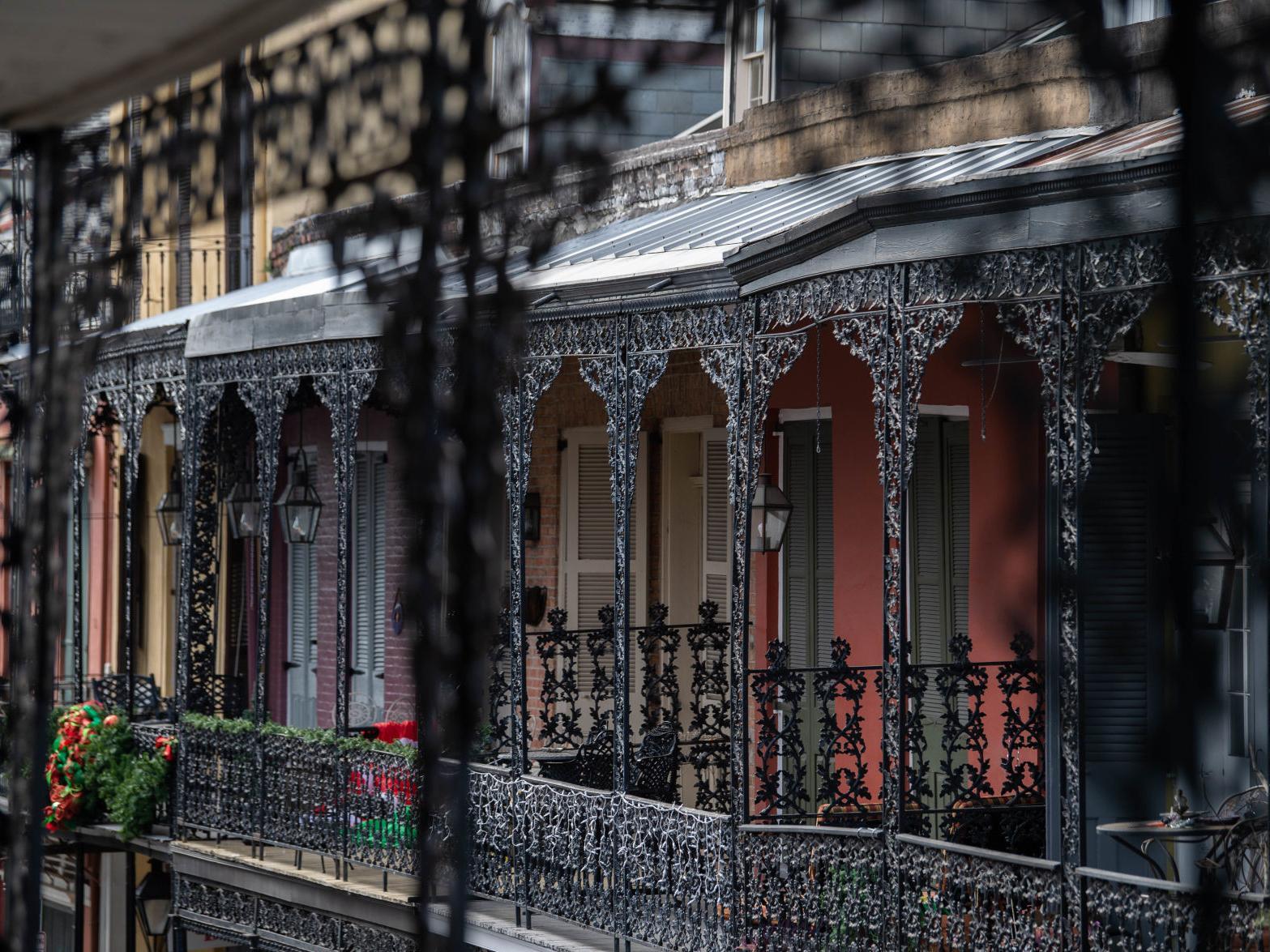Scientific Lab in Louisiana - Coastal Rehibilitation in the Make It Small Challenge
by isabellawlk1023 in Workshop > 3D Design
37 Views, 1 Favorites, 0 Comments
Scientific Lab in Louisiana - Coastal Rehibilitation in the Make It Small Challenge





One of the biggest issues tackling the world today is the growing climate crisis, and the effect it has on various sensitive areas and communities. We have seen temperatures rise, extreme weather, rising sea levels, and much much more.
As a native New Orleanian, I find this change very prevalent in my everyday life. Due to a variety of issues, most notably rising sea levels, coastal erosion from storms, and human activities worsening the quality of the soil, the Louisiana coast has lost nearly 2,000 square miles of land since the 1930s. This number is increasing at a rate of 34 square miles a year, and a scientific analysis confirmed that without action, we could be set to lose another 3,000 square miles by 2050.
The loss of land is not only a negative for the communities and biodiversity. The coastal territories off the coast of the Gulf of Mexico are integral in slowing and diluting the force of common storms and hurricanes. While our system of levees and floodgates has proved successful, a side effect is that they deprive the coastal ecosystem of fresh water and sediment it needs to survive. Thus, the environment's natural barriers have diminished over time.
Supplies
I used Rhino for the modeling and rendering of the project. While I've done basic work there before, I've never had to render so it was a nice challenge.
Site



I found a plot of land close to the affected coasts, in St. Bernard Parish. Though St. Brenard itself is a small community, it is located right on the outskirts of New Orleans; from the site, it is a 30-minute drive into New Orleans central.
The land, though rich and nutrient-rich, is cheap due to limited interest.
Inspiration





I wanted to come from my background of being from New Orleans, blending natural motifs and materials with the sustainable goal of the project. I was initially just planning a structure, but the more it developed I felt it needed to be some sort of scientific institution. I would dream that this could serve as a greenhouse laboratory, where scientists could come to learn about the soil and plant life, especially researching how these natural forces can help combat the encroaching coast.
Aesthetically, I wanted to mimic the dropping branches of a Live Oak tree, which is very common in New Orleans. The shell of the structure comes from the nature of the branches, and I imagine the tree's branches would fall around the structure, encasing it. The glass shell also allows the people inside to feel immersed in the nature they study while being in a laboratory setting. The steel framing of the glass is also a nod to the historical wrought iron fencing, commonly seen in the architectural flair of historic neighborhoods such as the French Quarter.
Design
Modeling

Again, I was unfamiliar with the 3d modeling world in general, as most of my experience comes from a 2d AutoCAD sense, drawing plans and elevations through that. However, I feel I figured pretty well and it was incredibly satisfying to see everything come together.